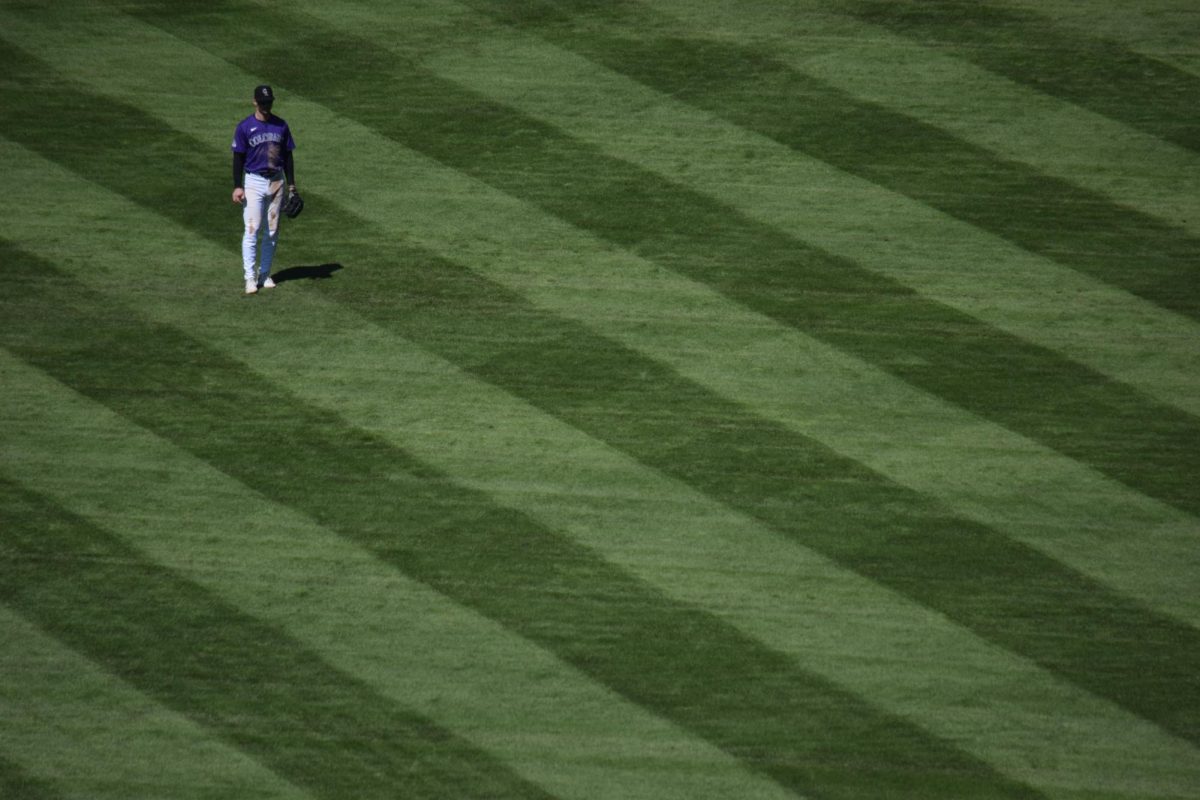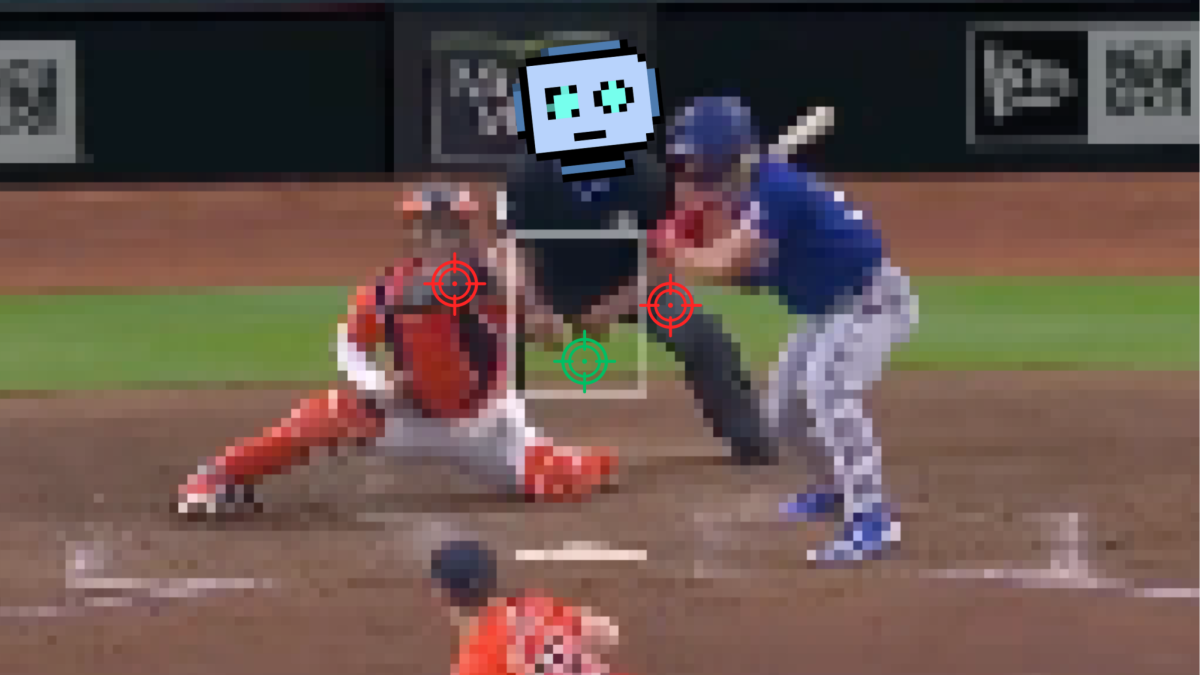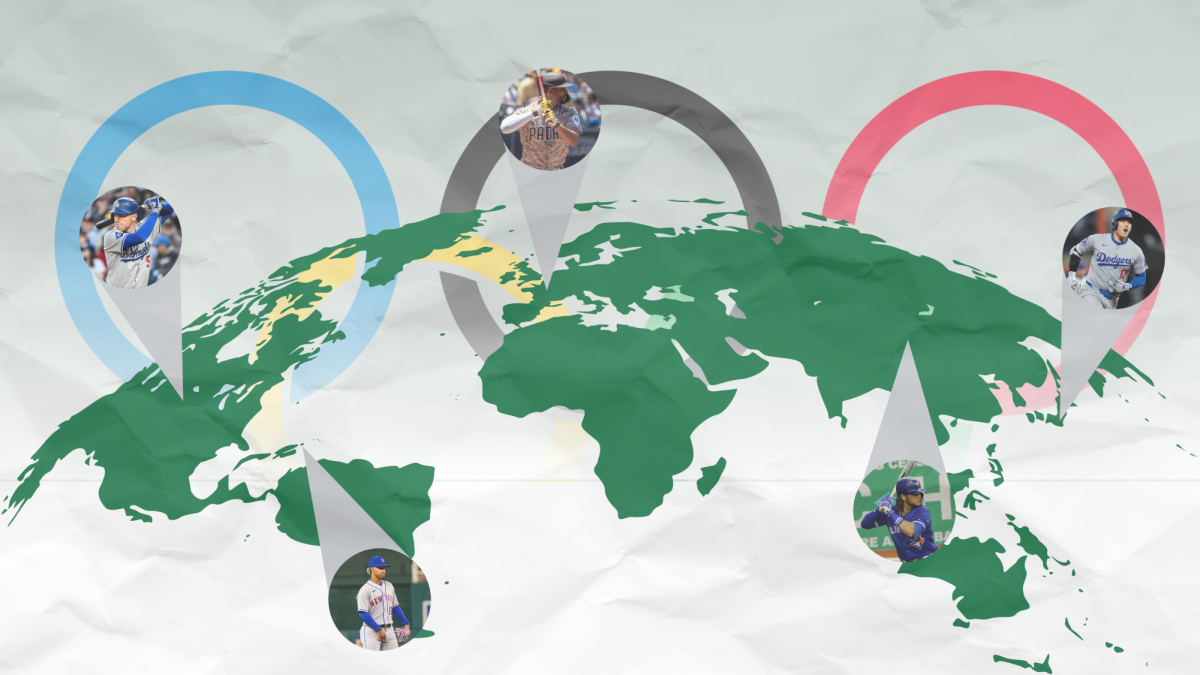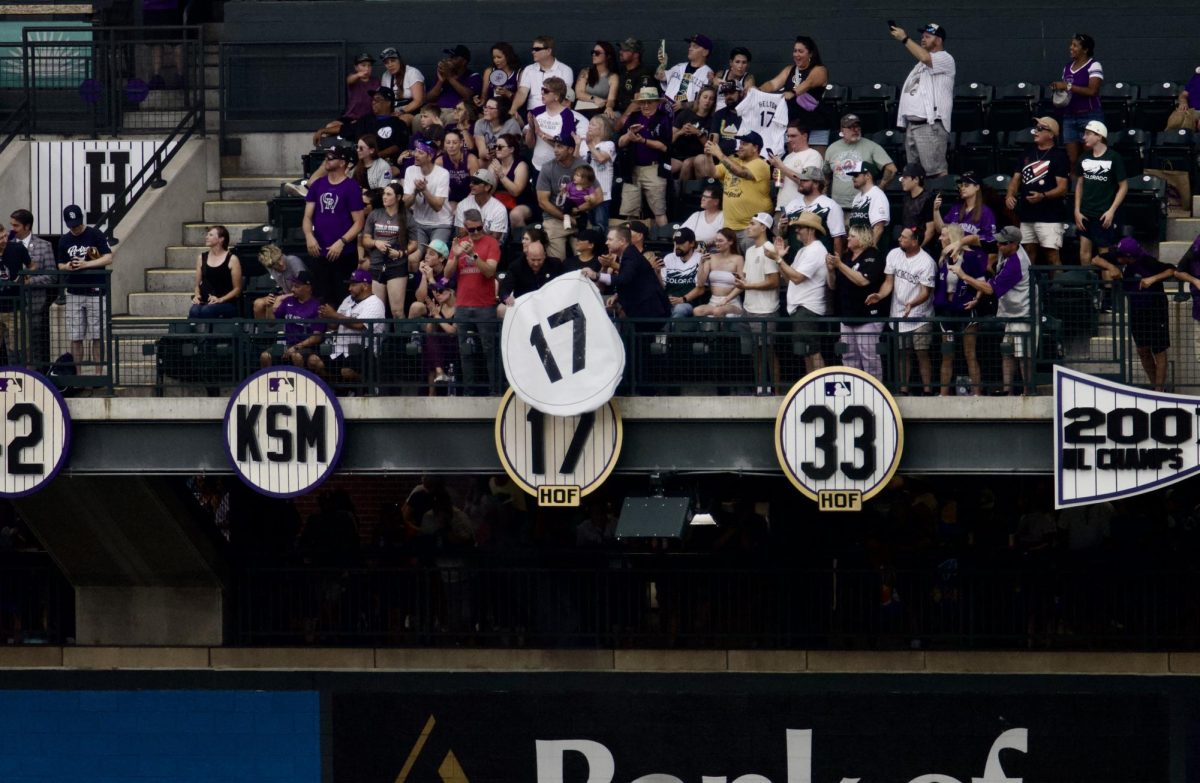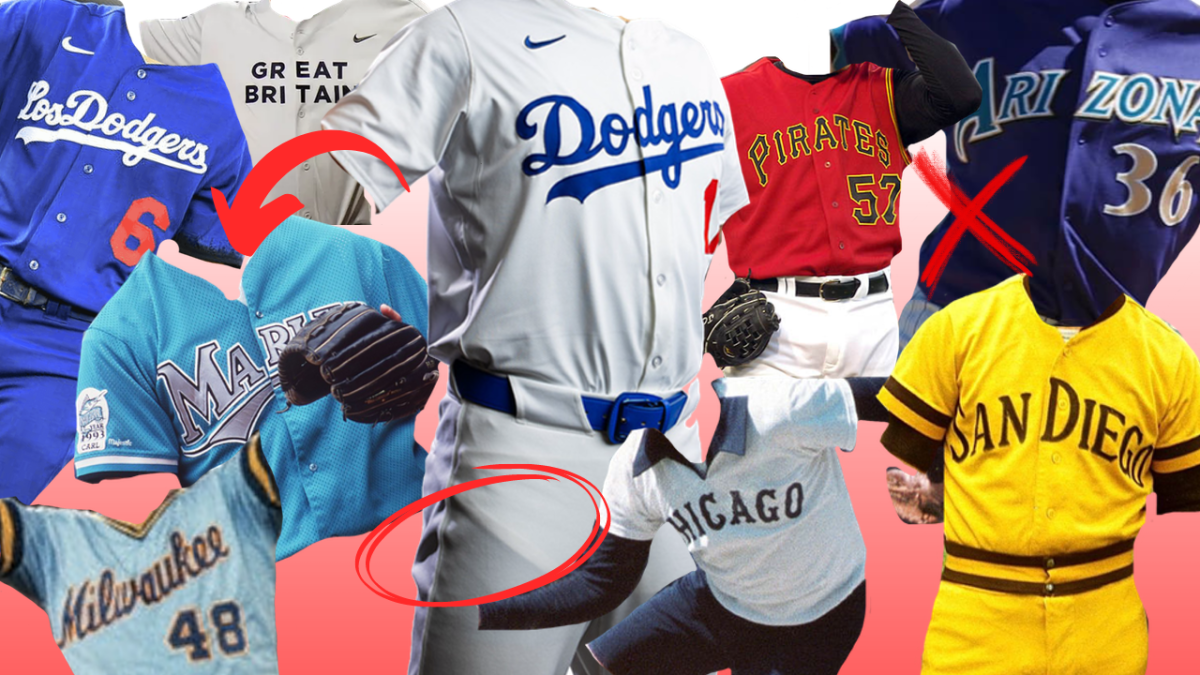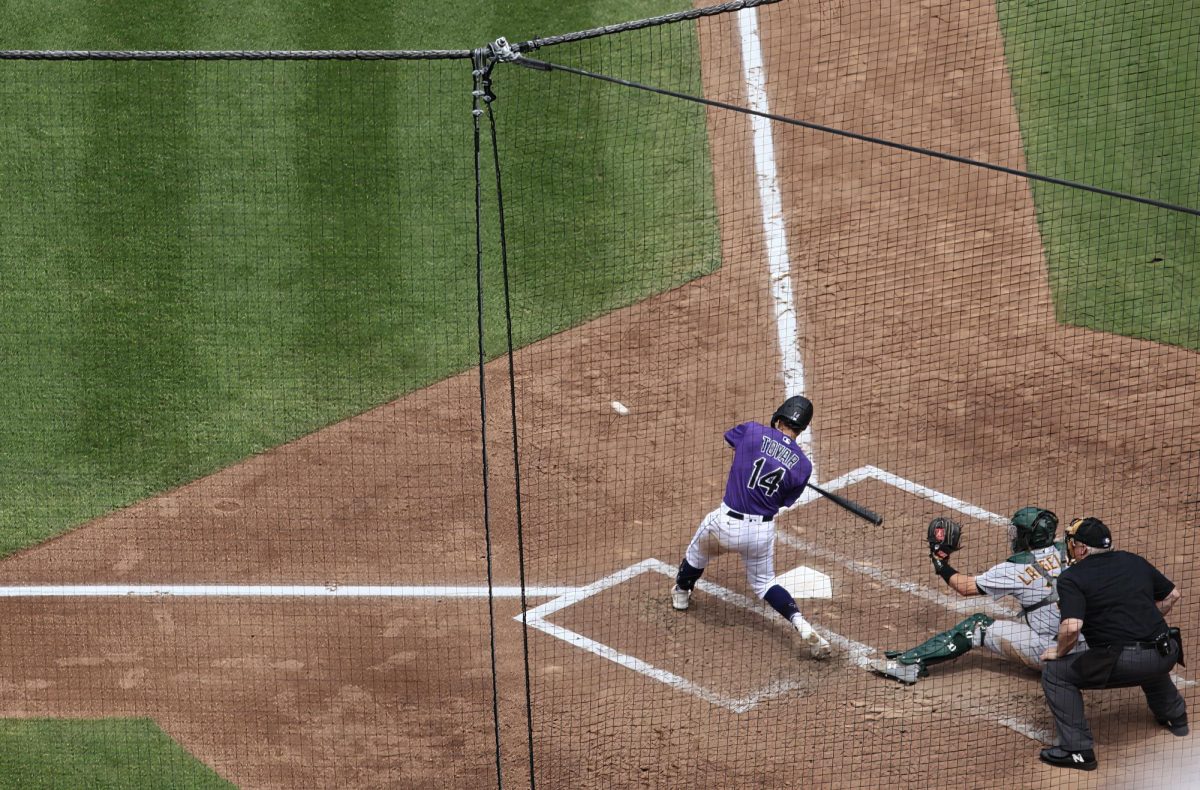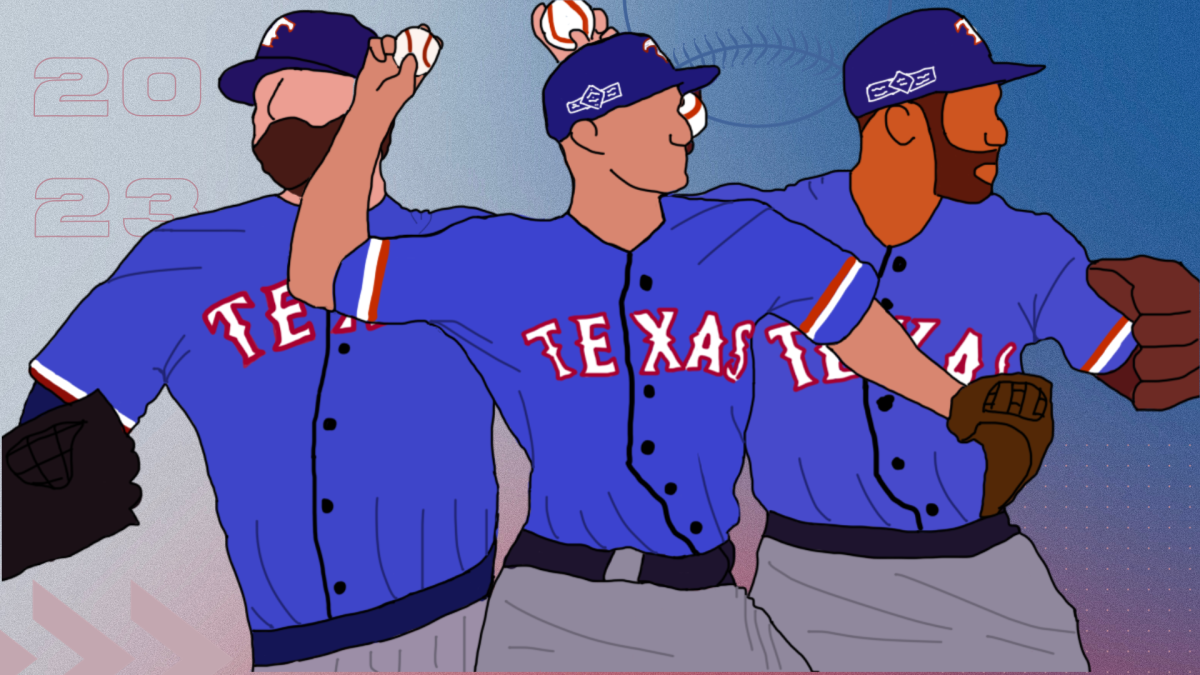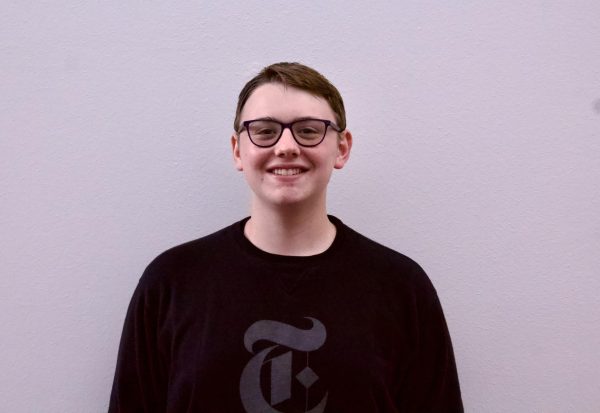I promise I’m not biased when I say that Coors Field in LoDo Denver is one of the most beautiful parks in the MLB. It was part of a movement revolutionized by Baltimore’s Camden Yards to make new stadiums in the 90s look like old stadiums from the 40s. Features like bricks, retro green seats, and traditional scoreboards are meant to mirror the classics like Fenway and Wrigley. Another great feature is the integration of the field into downtown, rather than a suburban, parking lot-surrounded concrete-scape.
But Coors gets a lot of flak for its location, and that flak tends to extend to Rockies hitters, demeaning their value because of their home field. Players like Todd Helton, Larry Walker, Nolan Arenado – pretty much every Colorado Rockies star – have been criticized for hitting in Coors.
It’s a fact – our park has thinner air, and that means the baseball travels farther. But that shouldn’t take away from the brilliance – and skill – that a park like ours demands.
Take a coastal park like Oracle Park, home of the San Francisco Giants. The air couldn’t be heavier; weighed down by humid, ocean air, it’s a completely different ball game there compared to the mile-high breeze here at home. The environment provides more drag in San Fran.
Luckily, we have sabermetrics to solve this problem! By adding a simple +, we get park-adjusted stats that compare players on an even scale. These can include earned run average (ERA+), weighted on base average (wOBA+), and more.
Take OPS. It’s a helpful stat, On-Base Plus Slugging. It adds together OBP and SLG, giving us a combination of how often a player reaches base, and how many bases they collect per at-bat.
Now, we add the plus. OPS+ tells us this information compared to a league average 100 (above 100 is above average, above 150 is outstanding) – in Walker’s prime Hall of Fame earning seasons, he was reaching numbers like 178, 158, 164, 160. By comparison, Ken Griffey Jr. (undisputed hall of famer) in his peak years laid down 171, 164, 155.
With equal footing stats, Walker is right on par and even better than The Kid. Yet 33’s road to Cooperstown was a challenge; meanwhile Griffey Jr. walked in with a record 99.3% vote, the highest of all time.
You can’t argue that they both don’t belong in the Hall of Fame. But still, guys who called Coors home have had achievements and awards devalued.
Remember that while Coors might foster more power hitting, it’s also a crazy-difficult place to field in. We have the largest outfield in the majors by area at 121,486 square feet, 108% of the size of the average park, so every pitch doesn’t soar over the wall. This means that our fielding must be elite, and it has been.
Brenton Doyle is one of the very few bright spots on a historically bad Rockies squad right now, and he shows his brilliance every week with his fielding. He’s won two straight gold gloves for his command over the Coors’ grassy expanse. It seems that every single week, even when the Rockies are losing 10 straight, we get a majestic swan dive highlight reel from #9 in center field.
Yet the baseball world doesn’t show him too much appreciation for that.
Ballpark differences should be appreciated, because for every hitting advantage a team gets due to environmental factors, they have to handle on the field side. Let’s appreciate Coors for its idiosyncrasy – it’s over 4000 feet higher above sea level than the next highest park, Chase Field in Arizona – and let’s not forget the challenges that come with such a generous hitting environment.

